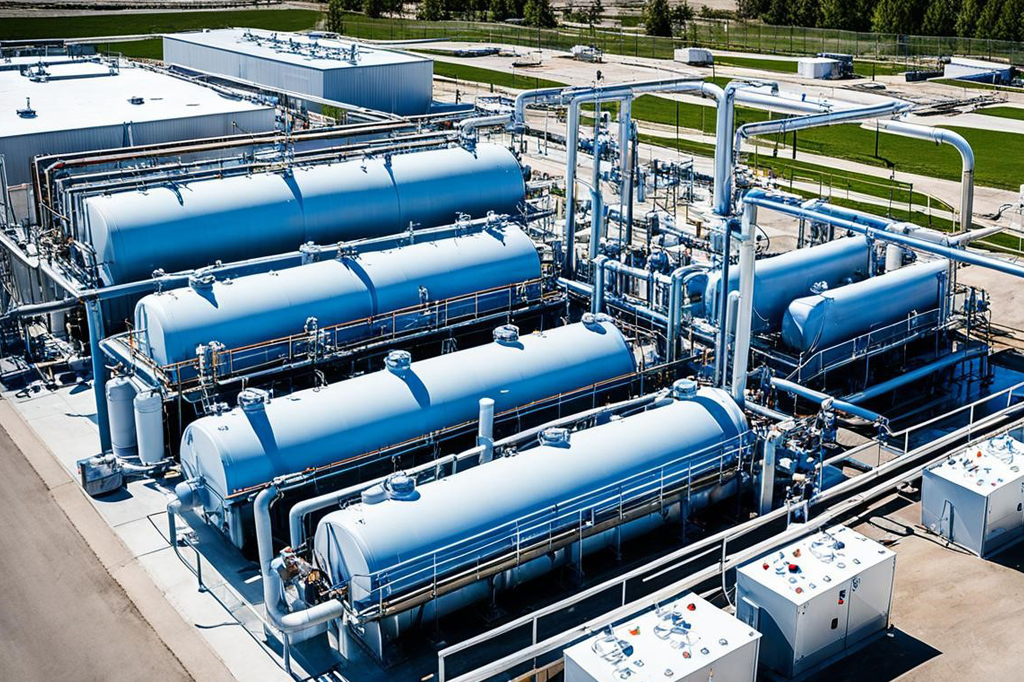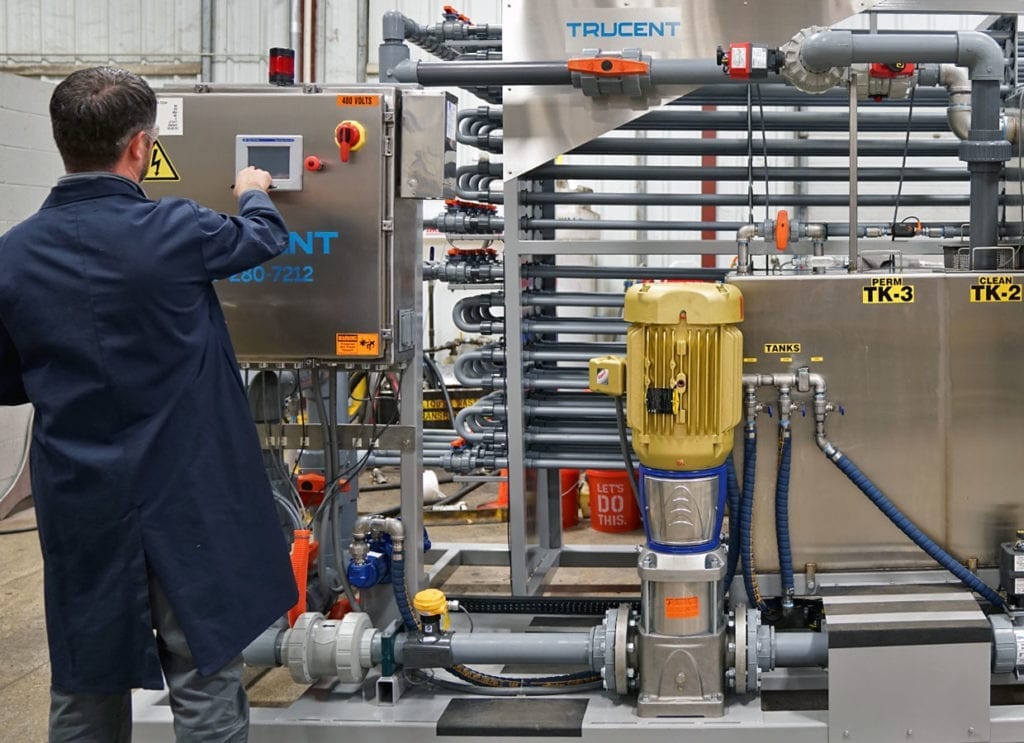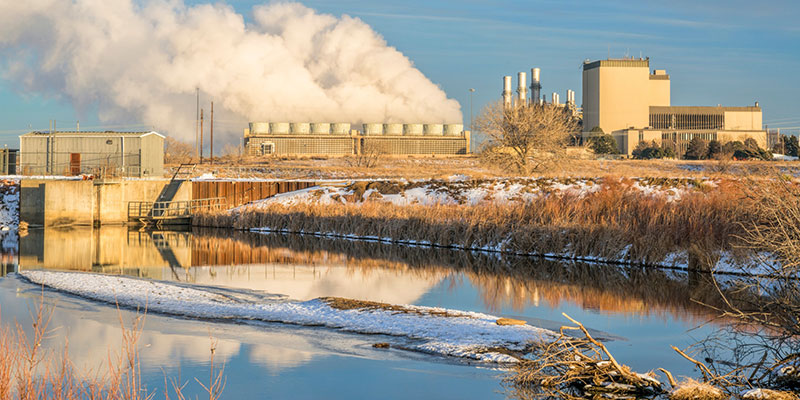Industrial Waste Water Treatment-- Eco-Friendly Solutions for Water Recycling
Industrial Waste Water Treatment-- Eco-Friendly Solutions for Water Recycling
Blog Article
Innovations and Breakthroughs in Hazardous Waste Water Treatment Technologies
The landscape of industrial wastewater treatment is undertaking a transformative change, driven by innovations that boost both performance and sustainability. Emerging technologies, such as membrane layer bioreactors and microbial gas cells, are redefining pollutant removal processes while adding to power generation. In addition, source recuperation methods are acquiring grip, lining up with circular economic situation principles. As regulatory requirements develop, the combination of AI and artificial intelligence right into wastewater management systems promises to ensure and streamline operations compliance. However, the full effects of these improvements raise important inquiries concerning their scalability and long-term influence on sector practices.
Review of Waste Water Therapy Technologies
Wastewater therapy modern technologies encompass a series of techniques designed to eliminate impurities from commercial effluents prior to their launch right into the atmosphere. These technologies are critical for maintaining ecological balance and ensuring compliance with ecological policies. The key groups of wastewater therapy include physical, chemical, and organic methods, each offering unique purposes based on the nature of the impurities present.

Biological treatment techniques use microorganisms to weaken raw material, making them particularly effective for organic-rich effluents. Techniques like turned on sludge and biofilm reactors harness the natural deterioration capabilities of microorganisms, causing substantial reductions in biochemical oxygen demand (BODY)
Advanced Filtering Techniques
Advanced filtration methods represent an essential evolution in the realm of industrial wastewater treatment, enhancing the efficiency of contaminant removal processes. Industrial Waste Water Treatment. These methods encompass a variety of innovations, including microfiltration, ultrafiltration, nanofiltration, and reverse osmosis, which offer sequential barriers for different bit sizes and chemical frameworks
Microfiltration and ultrafiltration use membrane layer systems to remove put on hold solids, bacteria, and larger organic particles, improving the quality of effluent prior to additional therapy. Nanofiltration bridges the void in between ultrafiltration and reverse osmosis, efficiently removing divalent ions and natural substances, thus lowering the lots on downstream procedures.
Reverse osmosis uses the greatest level of purification by permitting just water and little molecules to pass through its semi-permeable membrane layers, making it ideal for redeeming high-grade water from commercial effluents. Recent advancements in membrane layer innovation, including the growth of even more sturdy and fouling-resistant materials, have actually substantially improved functional effectiveness and reduced prices.
Incorporating these innovative filtering techniques not only improves the total therapy procedure however likewise adds to sustainability initiatives by enabling water reuse and source recuperation in industrial setups. (Industrial Waste Water Treatment)
Biological Therapy Developments

Furthermore, the growth of crafted biological systems, such as membrane layer bioreactors (MBRs), integrates biological therapy with advanced membrane layer filtering. This integration permits greater effluent high quality and reduced impact, making it suitable for space-constrained commercial facilities. Technologies in genetically crafted microorganisms have actually also arised, enhancing the biodegradation of particular impurities, such as pharmaceuticals and hefty metals, that are commonly challenging to get rid of.
Furthermore, the execution of bioaugmentation techniques, where beneficial microorganisms are presented to improve the existing organic therapy procedures, has actually revealed promising cause enhancing therapy performance. These technologies collectively symbolize a trend in the direction of even more sustainable and effective organic therapy methodologies that can adapt to the advancing complexities of commercial wastewater streams. As sectors remain to prioritize environmental conformity, these organic innovations will play an essential role in wastewater administration.

Resource Recovery Approaches
In industrial setups, the combination of source healing methods great post to read has actually ended up being increasingly crucial for enhancing sustainability and decreasing waste. These techniques concentrate on removing important products and power from wastewater streams, thus changing potential toxins into multiple-use resources.
One famous approach is vitamins and mineral recovery, where nitrogen and phosphorus, usually present over in wastewater, are captured and exchanged plant foods. This not only decreases ecological influences however likewise supplies a round economic climate remedy for farming applications. Furthermore, innovations such as anaerobic digestion enable the conversion of organic waste into biogas, an eco-friendly energy source that can balance out nonrenewable fuel source use in industrial procedures.
Furthermore, progressed filtering and membrane layer modern technologies facilitate the healing of commercial byproducts such as salts and metals. These recuperated products can be rehabilitated right into production processes, decreasing the demand for virgin resources.
Future Patterns in Waste Water Administration
As sectors significantly focus on sustainability, the future of wastewater management is set to go through considerable improvements. Technical innovations, such as expert system and artificial intelligence, will certainly enable more efficient monitoring and management of wastewater systems. These technologies can predict maintenance needs, optimize therapy procedures, and boost decision-making, inevitably minimizing functional prices and ecological effect.
Additionally, the combination of circular economy principles will certainly play a crucial role in wastewater monitoring. Industries are anticipated to move towards systems that not just treat wastewater but additionally recuperate important resources, such as nutrients, water, and energy. This shift will certainly reduce waste and promote Our site the reuse of products, straightening with international sustainability objectives.
Emerging treatment strategies, such as membrane layer bioreactors and advanced oxidation procedures, will certainly even more enhance the performance of wastewater therapy, permitting better effluents appropriate for reuse. Furthermore, regulatory structures are likely to evolve, stressing stricter standards for wastewater discharge and motivating industries to take on ingenious therapy options.
Conclusion
In verdict, the development of commercial wastewater therapy innovations shows a considerable change in the direction of enhanced effectiveness and sustainability. Developments in innovative filtration strategies, biological therapies, and resource healing approaches highlight the market's commitment to ecological stewardship. The integration of expert system and maker learning additionally maximizes these processes, making sure regulatory conformity and advertising a round economy. Proceeded improvements in these locations will play a critical role in shaping the future of wastewater monitoring and protecting important water sources.
The landscape of industrial wastewater treatment is going through a transformative change, driven by innovations that enhance both efficiency and sustainability.Wastewater treatment innovations encompass a range of methods developed to eliminate pollutants from industrial effluents before their release into the environment.Utilizing the power of organic processes has actually led to significant innovations in the treatment of industrial wastewater.In addition, the execution of bioaugmentation strategies, where advantageous microbes are presented to boost the existing organic therapy processes, has actually revealed appealing results in boosting therapy performance. These advancements collectively signify a fad in the direction of even more effective and sustainable biological treatment approaches that can adjust to the developing intricacies of industrial wastewater streams.
Report this page